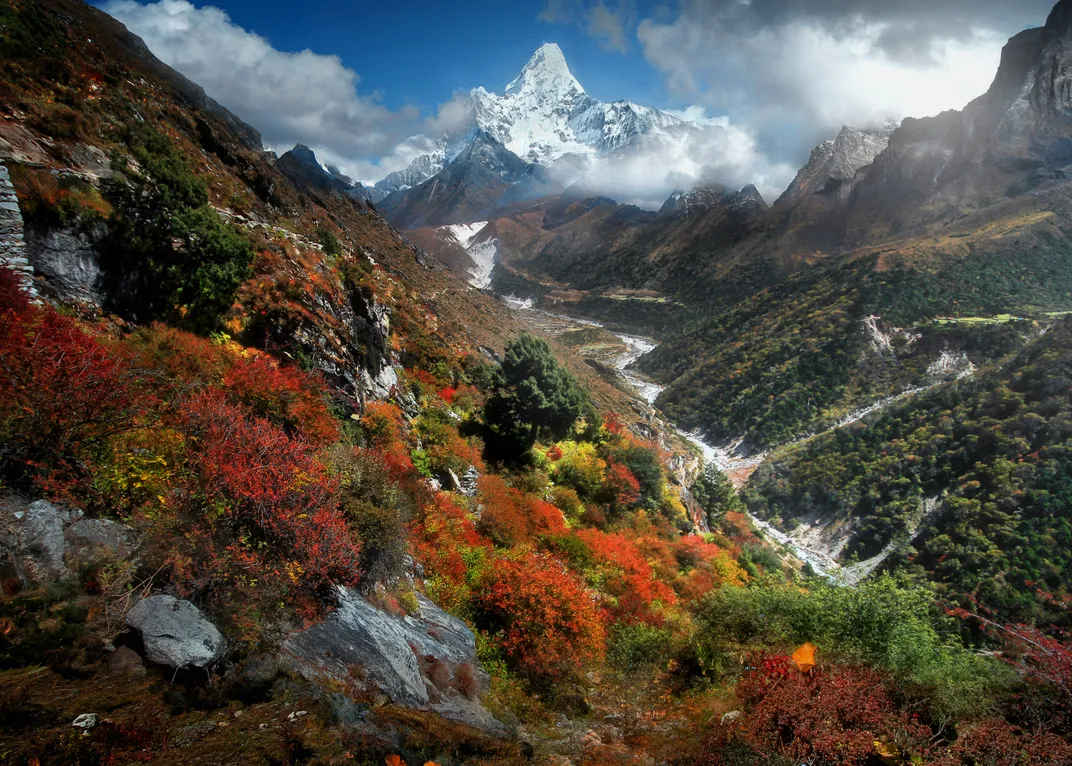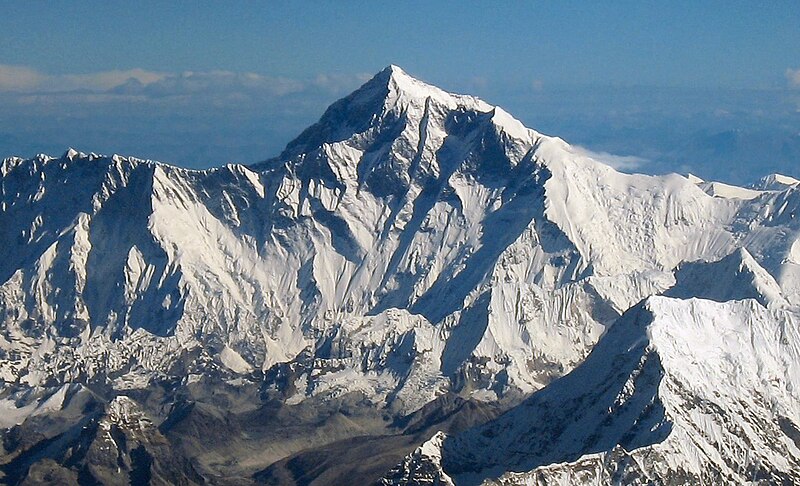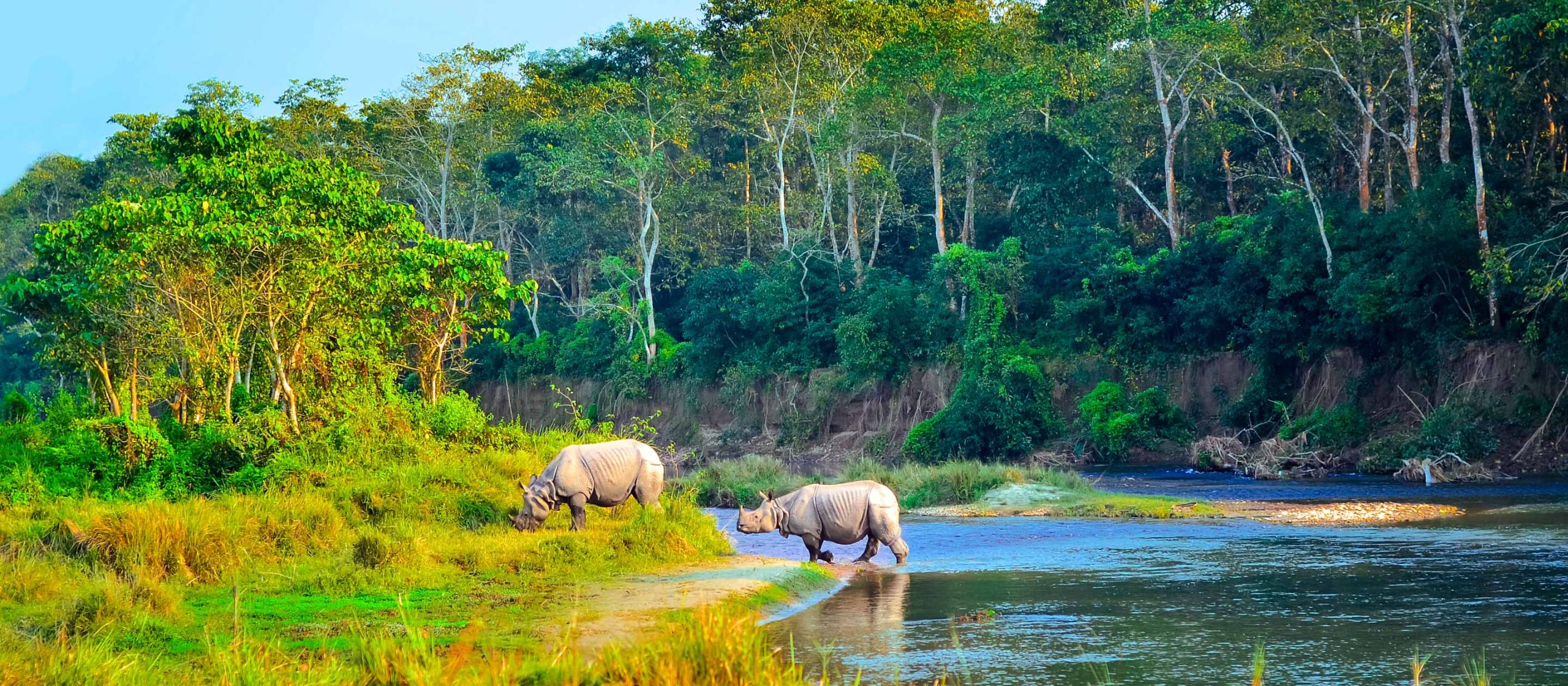Khumbu Valley: A Jewel of the Himalayas
The Khumbu Valley, nestled in the northeastern region of Nepal, stands as one of the most iconic and breathtaking regions in the world. Known as the gateway to Mount Everest, the valley is not just a geographical marvel but also a cultural and spiritual hub. This remote yet awe-inspiring area is home to towering peaks, ancient monasteries, and the resilient Sherpa community.
Geography and Landscape
Situated within the Sagarmatha National Park, a UNESCO World Heritage Site, the Khumbu Valley is defined by its dramatic topography. The region stretches from Lukla, the entry point for most trekkers, to the Everest Base Camp at an altitude of 5,364 meters. It encompasses majestic peaks such as Ama Dablam, Lhotse, and of course, Mount Everest, the highest mountain on Earth at 8,848.86 meters.
The valley is carved by the Dudh Koshi River, a lifeline for the region, providing water and supporting the unique alpine ecosystem. The terrain varies from lush rhododendron forests and terraced fields at lower altitudes to stark, glacial landscapes at higher elevations. The Khumbu Glacier, one of the largest glaciers in Nepal, further enhances the valley’s raw beauty.
The Sherpa Community
The Khumbu Valley is synonymous with the Sherpa people, renowned worldwide for their mountaineering expertise and warm hospitality. Originally of Tibetan descent, the Sherpas migrated to the region over 500 years ago. Today, they form the backbone of the local economy, primarily through tourism and mountaineering services.
Sherpa villages such as Namche Bazaar, Tengboche, and Pangboche are vital stops for trekkers and climbers. Namche Bazaar serves as the commercial hub, offering lodges, shops, and even bakeries catering to tourists from around the globe. The Sherpa culture, deeply rooted in Tibetan Buddhism, is reflected in the region’s monasteries, prayer flags, and mani stones.
Cultural and Spiritual Significance
Buddhism is the cornerstone of life in Khumbu Valley. The Tengboche Monastery, the largest in the region, stands as a spiritual beacon amidst the towering peaks. Founded in 1916, it hosts the annual Mani Rimdu festival, a vibrant celebration that draws both locals and visitors.
Throughout the valley, prayer wheels, chortens, and colorful prayer flags are a common sight, symbolizing the spiritual connection between the people and their environment. The ancient trails are often lined with mani stones, inscribed with Buddhist mantras, adding to the serene ambiance of the region.
Adventure and Trekking
The Khumbu Valley is a paradise for adventure enthusiasts, with the Everest Base Camp Trek being the most sought-after journey. Trekkers from across the globe venture into the valley to witness its unparalleled beauty and stand in the shadow of Mount Everest.
Other popular treks include the Gokyo Lakes Trek and the Three Passes Trek, each offering unique perspectives of the Himalayas. For climbers, peaks like Island Peak and Lobuche East provide challenging yet rewarding ascents.
Environmental Challenges
Despite its pristine beauty, the Khumbu Valley faces significant environmental challenges. Climate change has led to the rapid melting of glaciers, increasing the risk of glacial lake outburst floods (GLOFs). The rise in tourism has also placed pressure on the fragile ecosystem, with issues such as waste management and deforestation becoming critical concerns.
Efforts are being made to promote sustainable tourism practices in the region. Local organizations, along with international collaborations, are working to minimize the environmental impact and preserve the valley’s natural beauty for future generations.
Conclusion
The Khumbu Valley is more than just a trekking destination; it is a testament to the resilience of both nature and humanity. Its towering peaks, rich culture, and spiritual depth create an experience that leaves an indelible mark on all who visit. As visitors tread lightly through its trails, the responsibility to protect and preserve this Himalayan treasure remains paramount.




